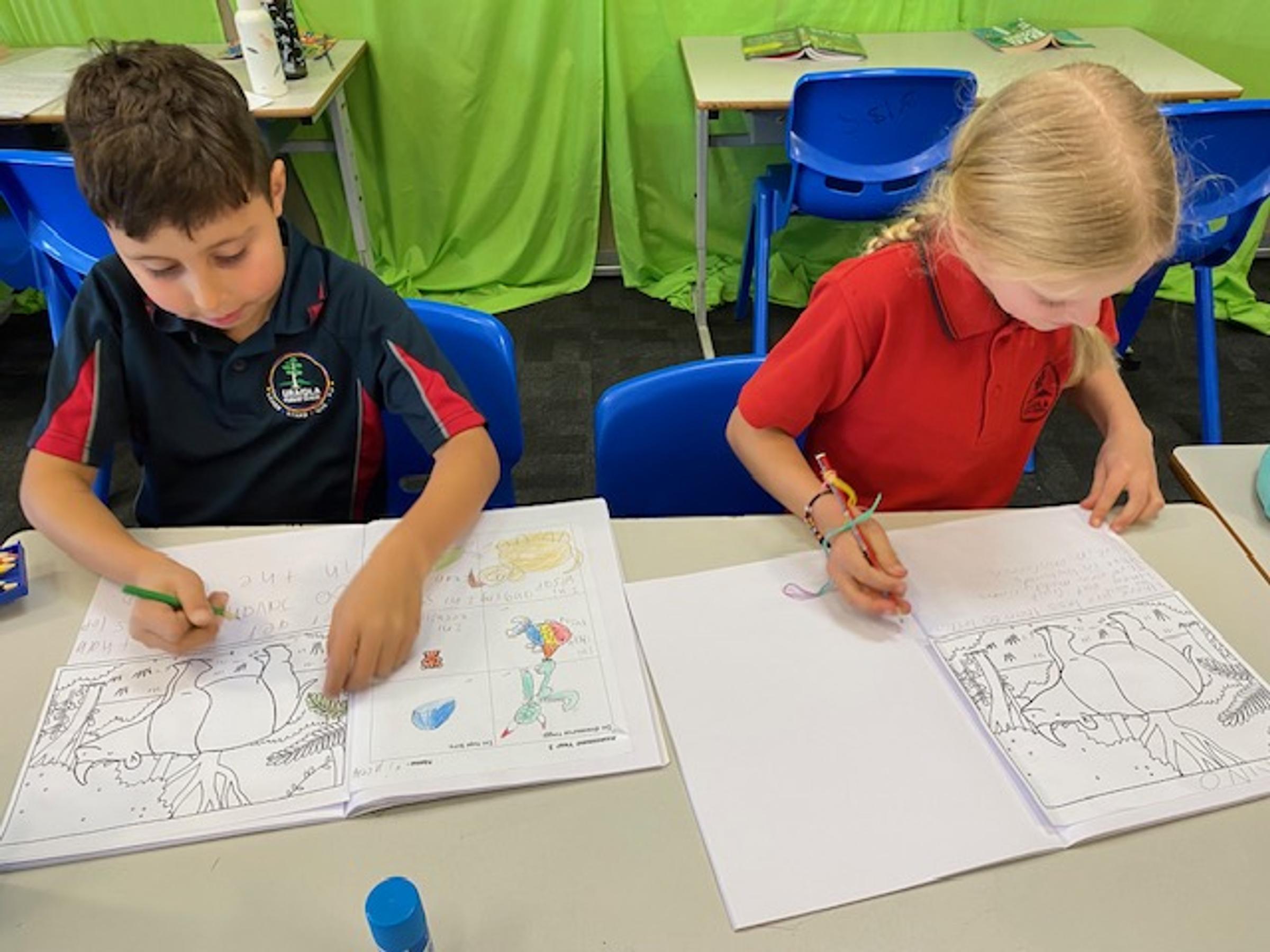Troy's learning news

Phonics
One of the key components of the Big 6 of reading and a vital part of Uraidla Primary School's literacy program for our early learners (R-2) is phonics. Many of us might remember a different approach from our own school days, where the focus was more on whole language learning. However, extensive research over the years has shown that explicit instruction in synthetic phonics, along with the other elements of the Big 6, is crucial in teaching children how to read effectively.
So, what exactly is phonics? Phonics is the understanding that there is a predictable relationship between the individual sounds (phonemes) of spoken language and the letters (graphemes) that represent those sounds in written language (1.3 Phonics: Best Advice Learning Improvement - Literacy (edi.sa.edu.au).
In synthetic phonics programs, children practice blending sounds together as soon as they learn the corresponding letter-sounds. This approach helps children grasp early on how the reading and writing process works: it involves blending and separating the sounds of language. Common letter combinations, such as double letters, digraphs, and patterns like ‘-ble,’ are taught in a similar way, focusing on teaching children to blend individual or combination sounds to form words. Effective synthetic phonics programs are designed to be explicit and systematic, terms that research frequently highlights as essential characteristics of a successful phonics program (1.3 Phonics: Best Advice Learning Improvement - Literacy (edi.sa.edu.au).
In our daily literacy lessons, students learn each phoneme (sound) and the corresponding graphemes (letters). The phonemes are explicitly taught and then reinforced the following day. Review lessons are also incorporated, allowing students to continually practice the phonemes they have learned. These lessons include activities such as blending phonemes, spelling words, reading and writing sentences and passages of text, and handwriting practice. By Year 2, students are introduced to morphemes (the smallest units of meaning in a word) and begin to understand how morphemes alter the meaning of words and influence spelling choices when added as prefixes or suffixes to base words.
Our teachers diligently track and monitor which phonemes each student can decode in their reading. This enables them to provide appropriate decodable readers for students to take home.
Here’s an activity to try at home: How many words can you create using the first six phonemes of our phonics sequence? They are s, a, t, n, p, and i. Have fun exploring these sounds with your child.
